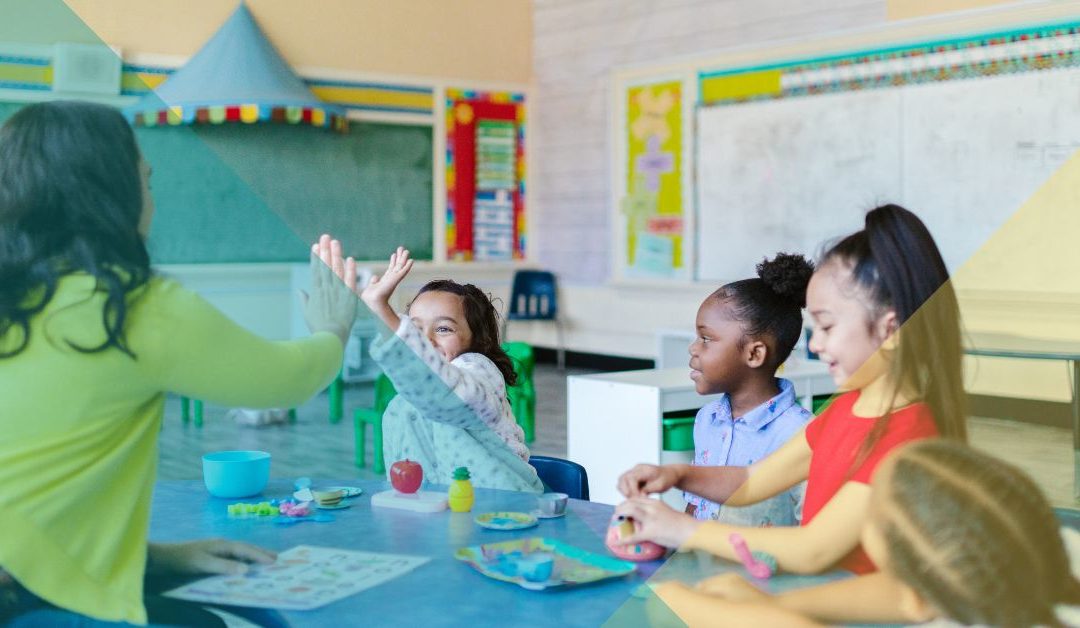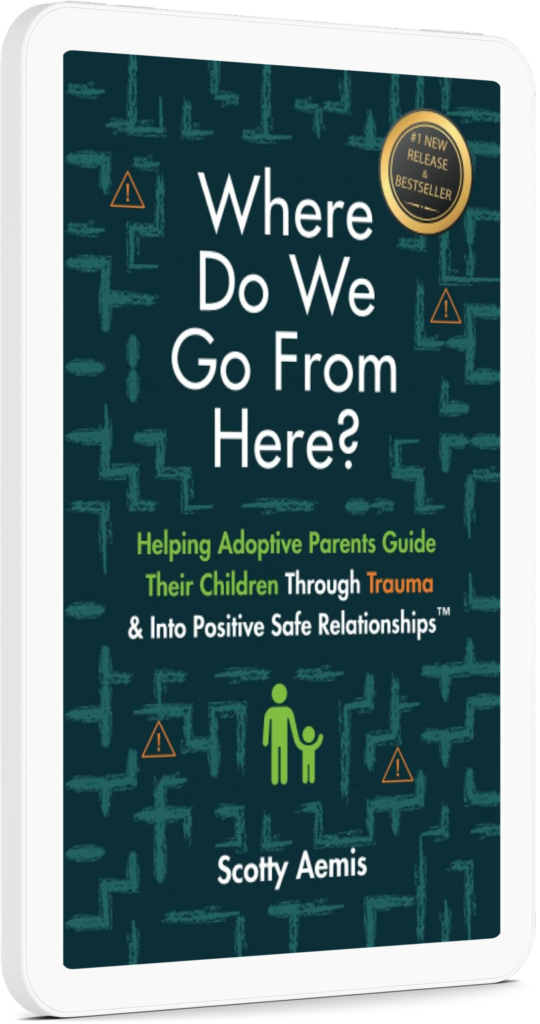Tips for Expanding Inclusivity Practices to Support Children with Trauma
As a teacher, you already know there are a lot of barriers to overcome before children can really begin to learn and soak in the information you are giving them.
Learning disabilities, poverty, being a minority, issues at home, and trauma can all create barriers to acceptance, which is a critical factor in both the social and academic development of your students.
So how can you break down those barriers to participation and belonging in the classroom? Here are some ways you can cultivate and support inclusion in the classroom.
What is Inclusion?
Inclusion is the process of identifying, understanding, and then breaking down barriers to participation in the classroom and to the feeling of belonging. As mentioned above, acceptance by peers and even by the teacher is a critical factor in the social and academic development of a student.
Rejection can trigger behavioral problems. These behavioral issues lead to negative social and academic outcomes. Students who are rejected by their peers can experience higher levels of stress at school and may also avoid school.
Expanding Inclusivity Practices
There are shortcomings to current initiatives toward inclusion. They are often limited in scope, focusing on visible differences or disabilities. While it is still very much important to create inclusivity for minority students or a student with a physical disability, it should go beyond those visible characteristics. Inclusivity should also include invisible differences.
These invisible differences can include emotional issues, such as childhood trauma. These differences are often unintentionally left out of conversations about inclusive practices in the classroom. However, students with behavioral challenges or emotional disturbances can be especially vulnerable to rejection by their peers and the adults at school.
Creating an Inclusive Classroom for Those with Childhood Trauma
Now that we have looked at the importance of expanding inclusivity practices in the classroom, let’s take a look at two ways you can support students with trauma by creating a more inclusive classroom experience.
1 | Be Aware of Your Own Influence
The first step is to become more aware of your own influence on the social dynamics at your school and in your classroom. The way you provide feedback and address students who are displaying difficult or unwanted behaviors is a model for how other students in the classroom should treat that child with trauma. How you react creates patterns for how their peers relate to them either positively or negatively. Be aware of your tone, facial expression, and other non-verbal cues. Remember, non-verbal communication is just as important as spoken words!
2 | Getting to Know You
Another way to expand inclusivity is to provide opportunities and create routines that both help define socially accepted behavior and allow students to get to know one another. Make it a practice to greet each student by name and encourage all your students to learn each other’s names. You can also incorporate more group brain breaks or peer-assisted activities. While these changes may seem small, these small actions can add up and create a more inclusive classroom that positively impacts all students.
Final Thoughts
When you create a more inclusive classroom environment for those with visible and invisible differences, you can positively impact the lives of all your students. Better inclusivity practices means that your students will enjoy coming to class each day to socialize with their peers and will be ready to learn all the information you are giving them each day. By creating an environment of acceptance and belonging, you can set up every child in your classroom for social and academic success!


